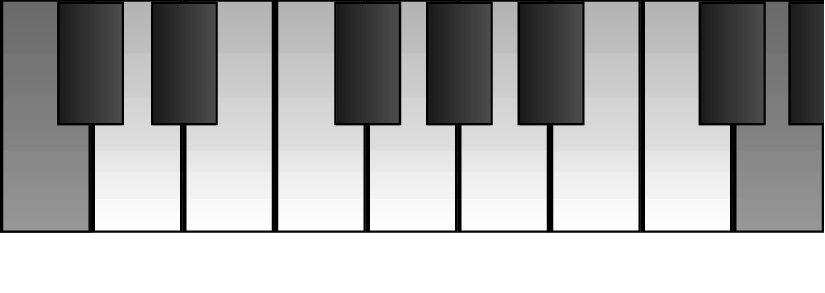


Gaul
Gaul (Latin: Gallia) was a region of Western Europe during the Iron Age that was inhabited by Celtic tribes, encompassing present day France, Luxembourg, Belgium, most of Switzerland, Northern Italy, as well as the parts of the Netherlands, Central Italy and Germany on the west bank of the Rhine.
North German Plain
The North German Plain or Northern Lowland is one of the major geographical regions of Germany. It is the German part of the North European Plain. The region is bounded by the coasts of the North Sea and Baltic Sea to the north and Germany's Central Uplands (die Mittelgebirge) to the south.
Italy
Italy is located in southern Europe and comprises the long, boot-shaped Italian Peninsula, the southern side of Alps, the large plain of the Po Valley and some islands including Sicily and Sardinia.
Pannonian Basin
The Pannonian Basin or Carpathian Basin is a large basin in East-Central Europe. The geomorphological term Pannonian Plain is more widely used for roughly the same region though with a somewhat different sense, with only the lowlands, the plain that remained when the Pliocene Epoch Pannonian Sea dried out.

Byzantine Empire
The Byzantine Empire, sometimes referred to as the Eastern Roman Empire, was the continuation of the Roman Empire in the East during Late Antiquity and the Middle Ages, when its capital city was Constantinople (modern-day Istanbul, originally founded as Byzantium).Frankish Empire
Francia or Frankia, also called the Kingdom of the Franks (Latin: Regnum Francorum), Frankish Kingdom, Frankish Empire, Frankish Realm or occasionally Frankland, was the territory inhabited and ruled by the Franks, a confederation of West Germanic tribes, during Late Antiquity and the Early Middle Ages.Huns
The Huns were a nomadic people, who lived in Eastern Europe, the Caucasus, and Central Asia between the 1st century AD and the 7th century. By 370, the Huns had established a vast, if short-lived, dominion in Europe.
Western Roman Empire
The Western Roman Empire was the western half of the Roman Empire, from its division by Diocletian in 286. The whole Roman Empire had been in difficulties since 190 CE when large tribes of people like the Goths, began moving into areas under Roman control.Visigoths
The Visigoths (Western Goths) were one of two main branches of the Goths. The Goths were an East Germanic tribe (the Ostrogoths being the other). Together these tribes were among the loosely-termed Germanic peoples who disturbed the late Roman Empire during the Migration Period.Attila, the Hun
He intends to conquer the Western Roman Empire, therefore he visit Italy to gain insight to the lifestyle of the Romans.
He get acquainted with ............., the sister of the emperor, with whom he goes through lovely moments in the baths of Rome.
Reka
Krimhilda
Honoria




Honoria
The emperor sends her to a Byzanzian monastery for treason, to purify her from evil souls. In secret she sends a letter to Attila in Pannonia, attached with her ring. In the letter she offers alliance.
Crux fidelis
Listen to the melody, than choose a working method!
Notation checked by segments.
easy
Notation checked at the end.
hard

Northern Campaign
The Huns subjugate the northern nations in the hope that ............. roman general will aid them in further battles.
Brutus
Saint Florian
Aëtius
The Melody of the Romans
Aëtius
For the orders of the emperor, who had no intention to ally with the huns, visits Theuderich, the King of the Visigoths. He unites the Franks and the Visigoths, than the Battle of the Catalaunian Plains begins.
Theuderich
Aetius orders to kill him due to a disagreement, then the Visigoths, in the belief that Attila killed him, subjugate the Huns with bloodlust.
Pope Leo I
Attila, who has just recovered from the battle, subjugate Northern Italy, and asks for his well deserved mistress, but he is welcomed by Pope Leo I.
He advertise missionary work amongst the Huns and succeeds in convinsing Attila to spare Rome and make peace between the empire and the Huns.
Franz Liszt: Battle of the Huns
1st stage: Orientation
Pair the territories with their names!
Gaul
North German Plain
Italy
Pannonia
Byzantine Empire
Frankish Empire
Huns
Western Roman Empire
Visigoths
The Second Melody of the Huns
next
Franz Liszt:
Battle of the Huns
Pair the territories with their names!